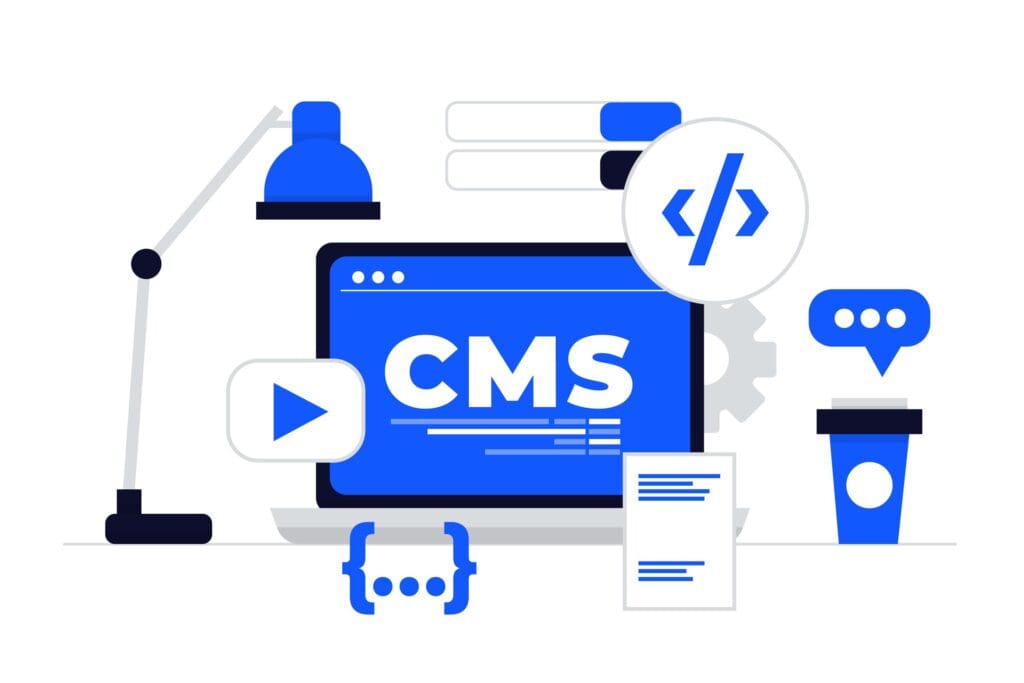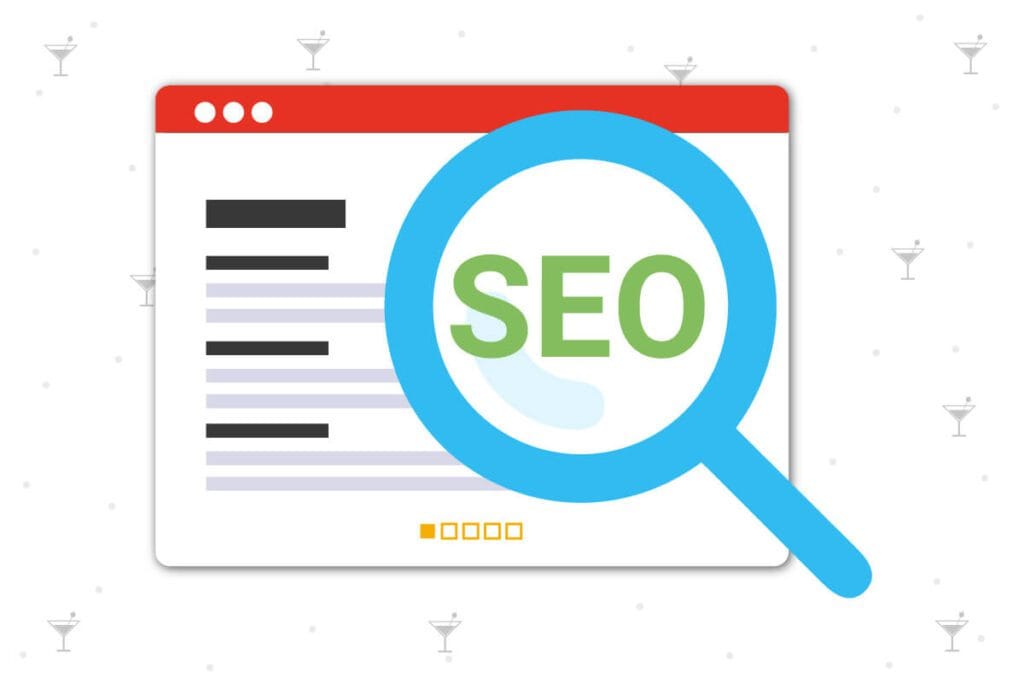Building an SEO-Friendly WordPress Website: A Step-by-Step Guide
The Foundation of a Successful WordPress Website
Creating a WordPress website that ranks highly on Google requires more than just technical skills. The foundation of success lies in understanding both the platform and how to leverage SEO strategies effectively. WordPress is known for its versatility, offering a robust ecosystem that allows users to create everything from simple blogs to complex e-commerce sites. However, to ensure that your site stands out, every step of the development process must be optimized for search engines.
Table of Contents
Choosing the Right Domain and Hosting
The journey begins with selecting a domain name that resonates with your brand and contains relevant keywords. This is the first signal to search engines about your site’s content. Pairing this with reliable hosting is crucial for site speed and uptime, both of which are critical ranking factors. A slow or frequently down website will struggle to rank, no matter how well-optimized the content is.

Installing WordPress: Setting the Stage
After securing your domain and hosting, the next step is to install WordPress. Most hosting providers offer one-click installations, making this process seamless. Once installed, you’ll have access to thousands of themes and plugins. The theme you choose should be responsive, lightweight, and coded with SEO in mind. Themes like Astra, GeneratePress, and OceanWP are popular choices that offer speed and flexibility.
Structuring Your Website: Pages, Posts, and Navigation
The structure of your WordPress site plays a significant role in how search engines crawl and index your content. Organize your pages and posts logically, ensuring that your main navigation is clear and intuitive. Important pages, such as Home, About, Contact, and Blog, should be easily accessible. Use categories and tags wisely to help users and search engines understand the relationship between your content pieces.
Keyword Research: The Cornerstone of SEO
Effective keyword research is essential for targeting the right audience. Tools like Google Keyword Planner, Ahrefs, and SEMrush can help identify high-volume, low-competition keywords related to your niche. These keywords should be naturally incorporated into your content, headings, meta descriptions, and image alt texts. Overstuffing keywords can harm your rankings, so balance is key.
Crafting Quality Content: The Heart of SEO
Content is king in the world of SEO. Each page and post on your WordPress site should offer value to your readers. Focus on creating in-depth, well-researched articles that address the pain points of your audience. Break up text with subheadings, bullet points, and images to improve readability. High-quality content not only attracts visitors but also encourages other sites to link back to you, which is a strong ranking factor.
On-Page SEO: Optimizing Each Element
On-page SEO involves optimizing individual pages to improve their search engine rankings. This includes:
- Title Tags and Meta Descriptions: Ensure each page has a unique title tag and meta description that include your primary keywords.
- Headings (H1, H2, H3): Use headings to structure your content, with your main keyword in the H1 tag.
- Internal Linking: Link to other relevant pages on your site to help search engines understand your site’s structure.
- URL Structure: Keep URLs short and keyword-rich.
- Image Optimization: Use descriptive file names and alt text for images, and compress them to improve loading times.
Installing Essential Plugins for SEO
WordPress offers several plugins to enhance your site’s SEO. The most popular is Yoast SEO, which guides you through optimizing each page and post. Other useful plugins include:
- WP Rocket for caching and improving site speed.
- Smush for image optimization.
- Rank Math as an alternative to Yoast, offering a more detailed SEO analysis.
Mobile Optimization: A Non-Negotiable Aspect
With the majority of users accessing websites via mobile devices, ensuring your site is mobile-friendly is non-negotiable. Google prioritizes mobile-first indexing, meaning your site’s mobile version is considered the primary version. Responsive design, fast load times, and easy navigation on mobile are all crucial for maintaining good rankings.
Off-Page SEO: Building Authority

Off-page SEO refers to actions taken outside of your website to impact your rankings. The most important aspect of this is building backlinks from reputable sites. Guest posting, influencer outreach, and content partnerships are effective ways to gain high-quality backlinks. Additionally, engaging with your audience on social media platforms can drive traffic to your site, which indirectly boosts SEO.
Monitoring and Improving Your SEO
SEO is not a one-time task but an ongoing process. Regularly monitor your site’s performance using tools like Google Analytics and Google Search Console. Track metrics such as organic traffic, bounce rates, and conversion rates. Use this data to make informed decisions about content updates, new keyword opportunities, and site improvements.
A Comprehensive Plan for WordPress SEO Success
To keep your efforts organized, it’s essential to have a plan. Here’s a simple table to outline a basic schedule for your WordPress SEO strategy:
| Task | Frequency | Description |
|---|---|---|
| Keyword Research | Quarterly | Identify new keywords and update existing ones. |
| Content Creation | Weekly | Publish blog posts or update existing pages with fresh content. |
| On-Page SEO Audits | Monthly | Review and optimize title tags, meta descriptions, and headings. |
| Backlink Building | Ongoing | Reach out to other sites for guest posts and link exchanges. |
| Performance Monitoring | Weekly | Use Google Analytics and Search Console to track site metrics. |
| Mobile Optimization Check | Quarterly | Ensure the site is responsive and fast on all devices. |



